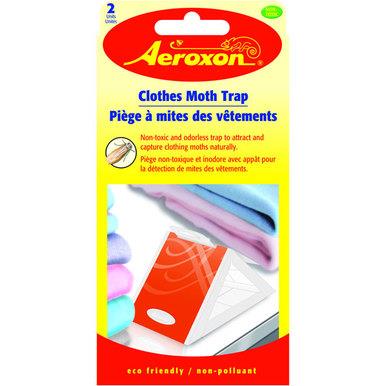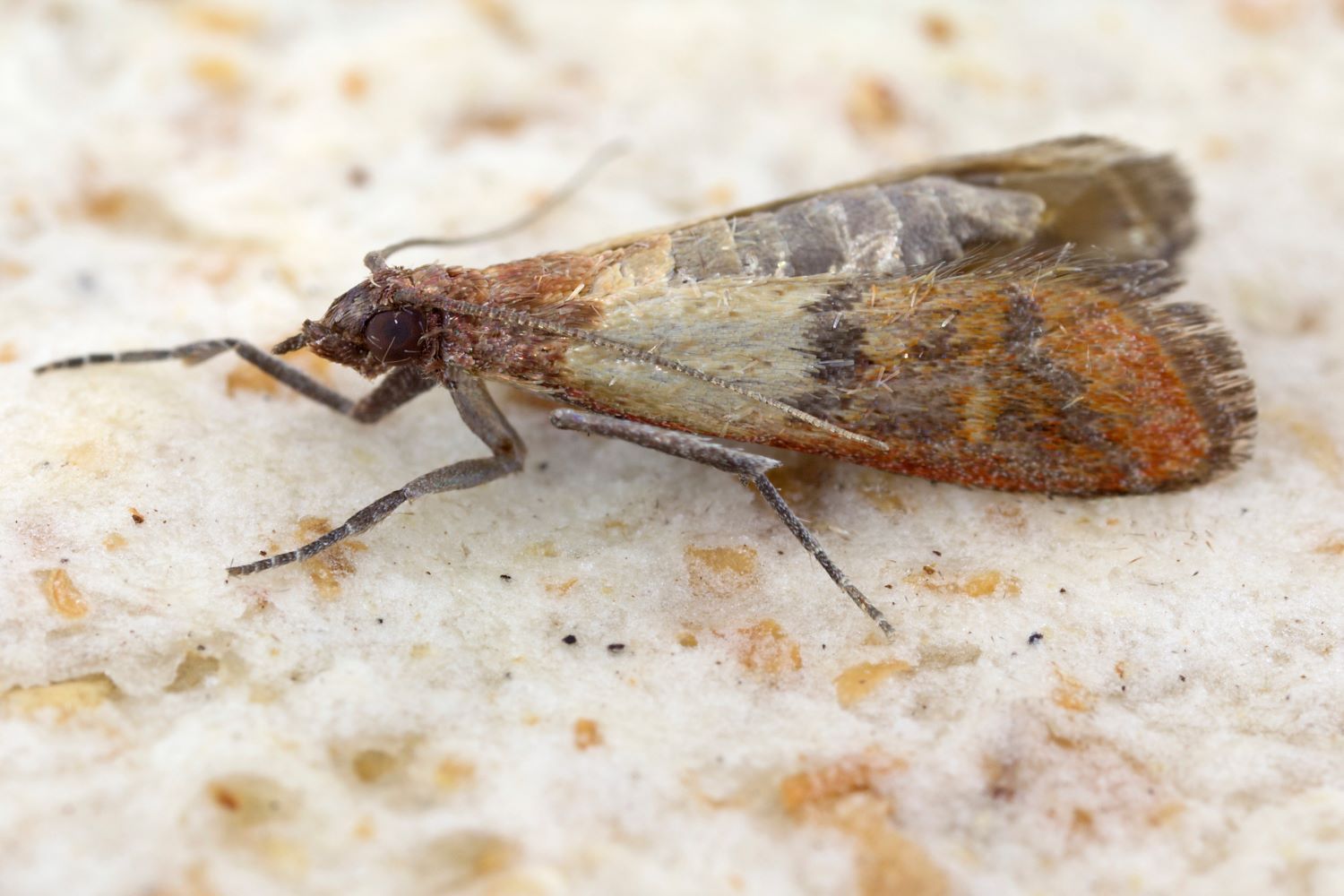- Home
- Shop Online
- LIQUIDATION
- About Us
- Production Credits
- Rentals
- Related Topics
- Blog
- Contact Us
January 05, 2024

Pantry and clothes moths are a common insect that you may find in your home. They can easily become a nightmare if not dealt with quickly. Pantry moths will ravage your pantry and eat through your stored food while the clothes moths will eat away at some of your favourite pieces of clothing, upholstery, and drapes.

The most common types of clothes moth are the Webbing moths and casemaking moths. They are both very small (around 1cm - 1/2") and may be hard to spot. Clothes Moths feed mainly on a protein called Keratin that is found in hair and natural fibers (leather, Silk, wool, etc.) They may even feed on synthetic fabrics if they can find the smallest food stain on it. If you notice damaged clothes or bedding, it probably means you have an infestation of clothing moths. Once you do notice it, you should act right away!
Clothes moths like being undisturbed, to help prevent them, make sure to air out your clothes and vacuum and clean your drawer and closet regularly. Not overfilling your closet will also help prevent moths. It is often found that clothes moths start in carpets and not necessarily in your closet. Make sure to vacuum under furniture, around baseboards, behind doors, and any other not commonly used areas.
The moths themselves are not damaging your clothes, it is in fact the larvae that eat away at your fabrics. That is why it is important to vacuum and clean your closets regularly, especially if you own a lot of natural fabrics like cashmere, leather, and wool.
Traps and cleaning:

Start by using Pheromones Traps for Clothing moths. Once you've caught a few moths you will be able to identify exactly what type of moths is infesting your home. The Pheromones clothing moth traps can attract both pantry moths as well as clothes moths, so you may want to take a closer look at the trapped moths. If the moth's body is white or white with dark spot on its body, it is a clothing moth. On the other hand if the moth is mostly dark brown in colour, you are dealing with pantry moths.
If you have Clothes moths, start by washing all of your clothes, upholstery, drapes, bedding and any other fabrics in your home. Before putting your clothes back, vacuum all of your closets, including the floors, walls, and ceiling, along any drawers and hidden corners. Then, clean your closets with an equal mixture of water and vinegar. Dry-cleaning is the most effective way of killing any moths that may be on your clothes. You may also want to consider getting your carpets steamed cleaned.

Similar to the clothes moths, the larvae of the pantry moths are also the ones doing most of the damages in your food and pantries. The larvae will eat through the food in your pantry for up to three months before turning into a moth. Once they get to this stage, their whole purpose is to lay or fertilize eggs. A single pantry moth can lay up to 400 eggs that can hatch a week later.
Traps and Cleaning:

The pantry moth traps will only attract the pantry moths. You can place them in your pantries to catch the moths. The trap will not trap or kill the larvae, you will need to store your food in well sealed glass containers, vacuum your pantry (especially the dark corners) , and clean the surfaces with soapy water. Then clean again with an equal mix of water and vinegar.
Lavender, Cedar, Eucalyptus, Thymes, and Cloves are also proven to help keep moths away!
Contact us at (416) 461-1033, email us at info@wotever-inc.com, or follow us on social media! And don’t forget to visit our store in-person or shop online to see our massive selection of proudly Canadian products.